Oh Sae Gyae Hyang: The Most Popular Vegan Restaurant in Insadong
Last Updated on December 16, 2023
Looking for vegan food in Seoul? A lot of tourists headed to Seoul message me each year with questions about one thing or another and the ones that usually make me search the most pertain to food choices and allergies. Never wanting to steer anyone wrong, I check and double check before recommendations.
So, for those vegan tourists out there headed to Seoul, I’ll tell you it won’t be easy, but it’s not impossible. There have been more and more vegetarian and vegan restaurants opening in Seoul in the past decade. If you’re visiting Insadong, my top suggestion for lunch or dinner is Oh Sae Gyae Hyang (오세계향). It’s delicious, won’t break the bank, and they’ve been doing vegan for far longer than most places in Seoul.
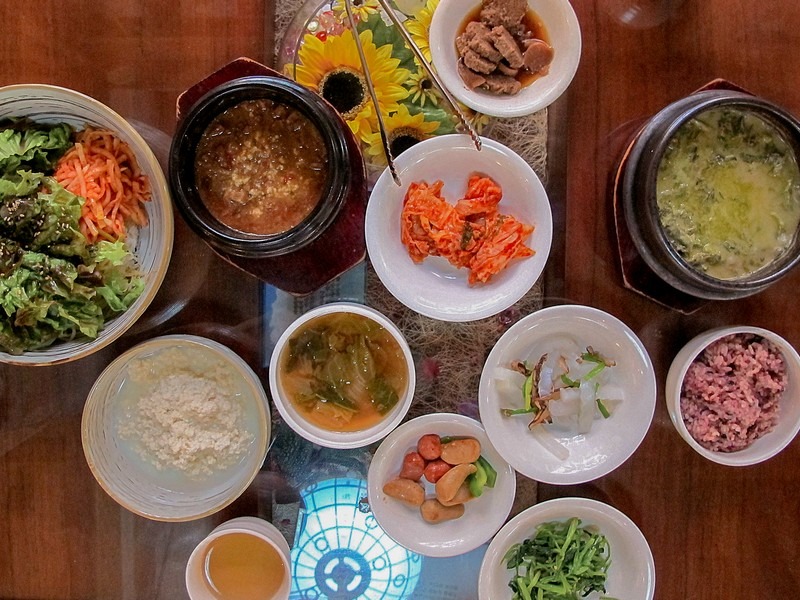
Oh Sae Gyae Hyang is a great vegan restaurant in the heart of Seoul, Korea:
(This post contains affiliate links, which means I receive a certain percentage of a sale if you purchase after clicking. These funds go to maintain the site. Thank you for your support.)
How To Get There
Address: 14-5 Insadong 12-gil, Jongno-gu, Seoul (서울 종로구 인사동12길 14-5)
Directions: Anguk Station, exit 6. Turn left down the main Insa-dong street and make another leftinto the fourth alley just before the big Ssamzie Spiral building. The unassuming restaurant sits at the end of an alley that you have to know about in order to walk down or you’ll probably just pass it by and not think twice. The restaurant is comfortable and allows for seating on the floor Korean style.
Basic Information
Hours: Fridays – Wednesdays: 11:30am ~ 9:00pm (Break time: 4:00pm ~ 5:00pm
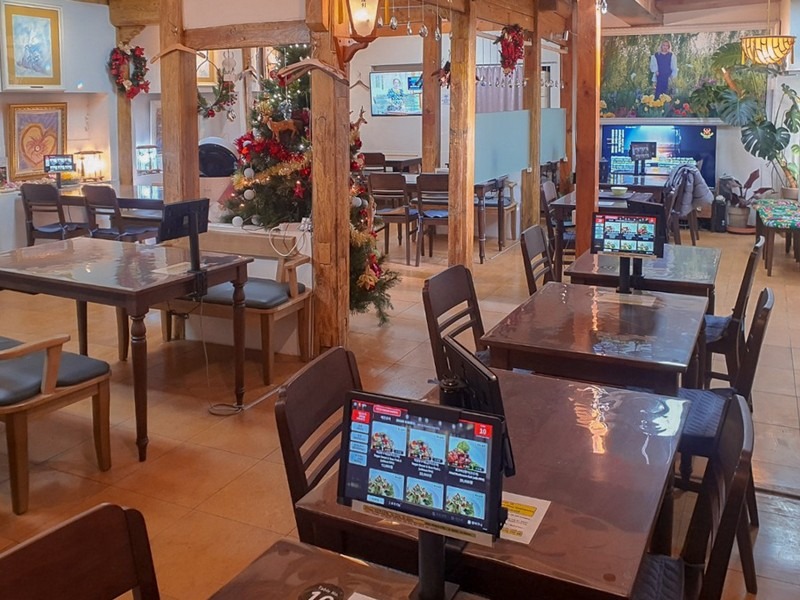
The Interior
I’ve been to this restaurant many times over the years and not much has changed. There are various tables with simple chair options. The biggest thing to note is that there are pads on the table to make ordering easier and the items each have pictures to help you figure out what you want. Just make sure to read everything on the screen and the information around the screen to make it easier to understand.
The Food
The menu is pretty substantial and offers a variety of vegan and vegetarian friendly dishes. This is probably the most recommended vegan and vegetarian friendly establishment in the area and for good reason. The eats are delicious and priced reasonably.
“Steamed outer leaves of greens with soybean paste and sesame”. The menu left a lot to interpretation I felt as I perused the options. Greens? Which greens? I’ve been living in Korea long enough to know that there are a whole lot of different kinds of greens and they can be used for many different dishes in a variety of ways. Outside of lettuce, cabbage and spinach I was unaware of most of the other greens until I came to Korea.
We ordered the “steamed outer leaves of greens”, in Korean it was labeled “doenjang deulggae” (된장들깨) and a bowl of bibimbab and waited. The dishes arrived and the table was filled with the delicious vegetarian delights that Oh Sae Gyae Hyang (오세계향), in the popular Insadong district is known for.
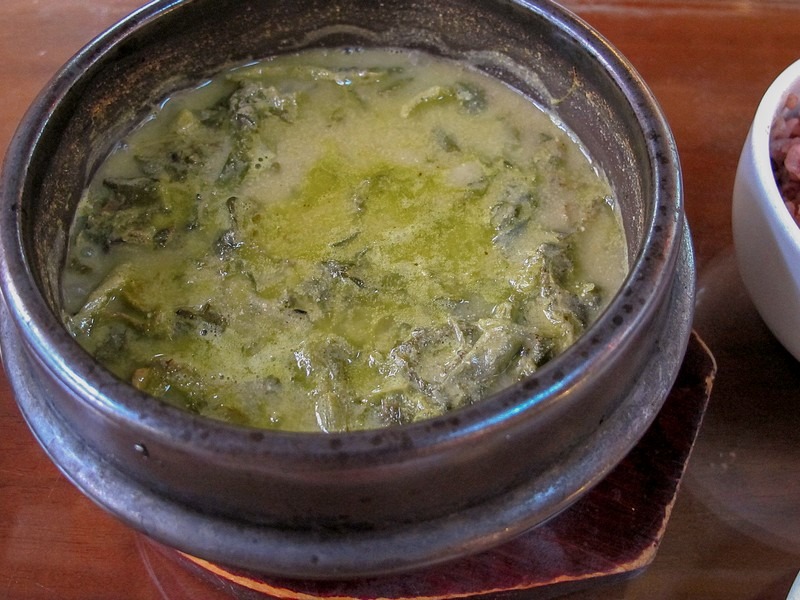
Deulggae is something you’re probably more familiar with than you think, if you’ve lived in Korea. Deulggae comes from ggaenip, or “sesame leaves”, as they are commonly referred to, which sit on many a table with samgyeopsal and galbi. Apparently ggaenip are not sesame leaves at all, though I suppose I should have known that from eating them. They are actually perilla leaves from the mint family. Doesn’t the taste make a little more sense now? Perilla leaves are high in fiber, calcium, iron, potassium, riboflavin and vitamins A and C, which makes this soup another one of Korea’s not only delicious but extremely healthy dishes.
The perilla leaves and sesame leaves came to Korea at the same time during the Unified Silla period and became known as deulggae and ggae respectively as if they were related. The deulggaenip was translated to field sesame leaves while ggaenip was translated to sesame leaf and thus the confusion. Sesame leaves are not actually used in Korean cooking only the perilla leaves, or field sesame leaves, are, so there is no chance of confusion in the kitchen, though it seems there should be.
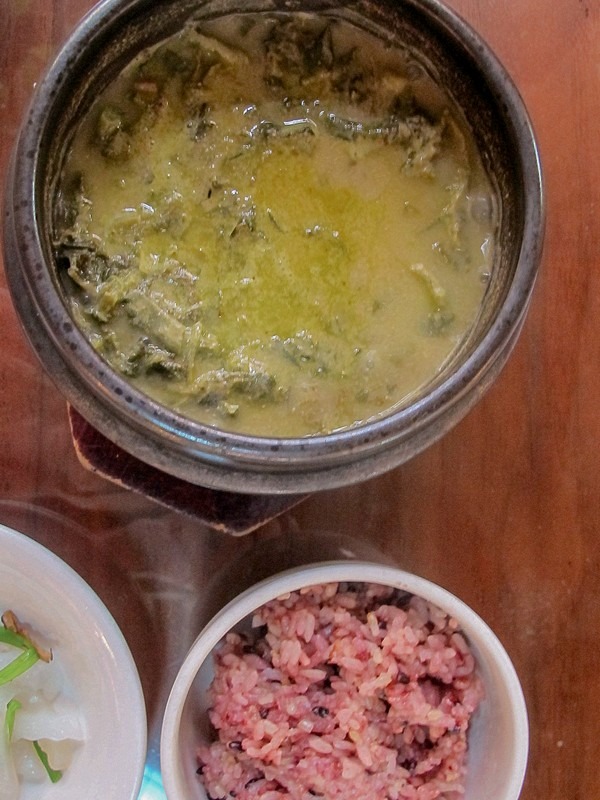
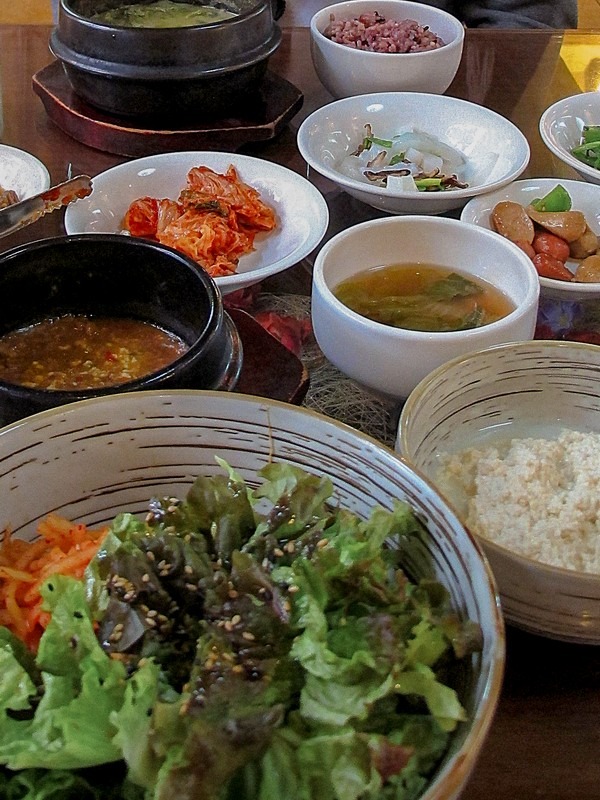
Whatever you choose, you’ll have a great meal. Like I said, I’ve been back many times over the years. One great thing to know is that this vegan restaurant has been in the same location in Insadong as long as I can remember. It’s a staple of the area. This is a great restaurant to enjoy after you’ve been enjoying the lively and traditional Bukchon Hanok Village just to the north of the Insadong thoroughfare.
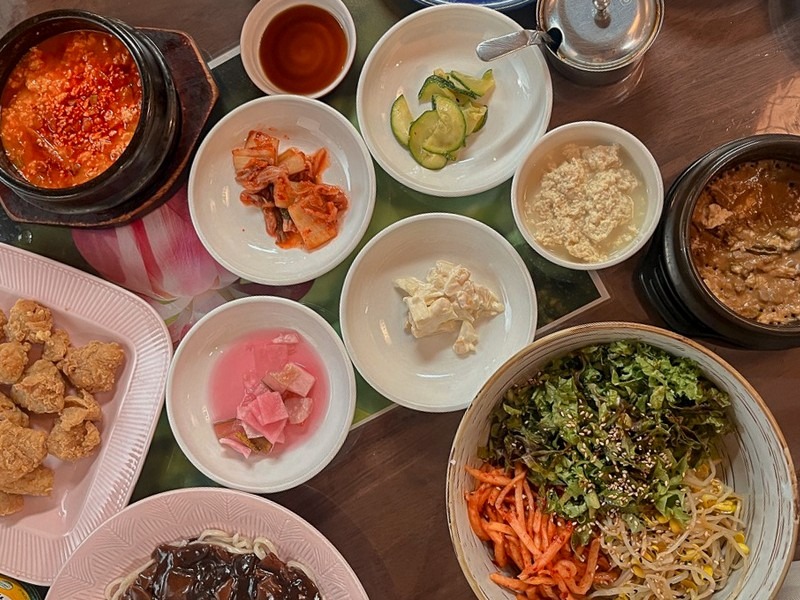
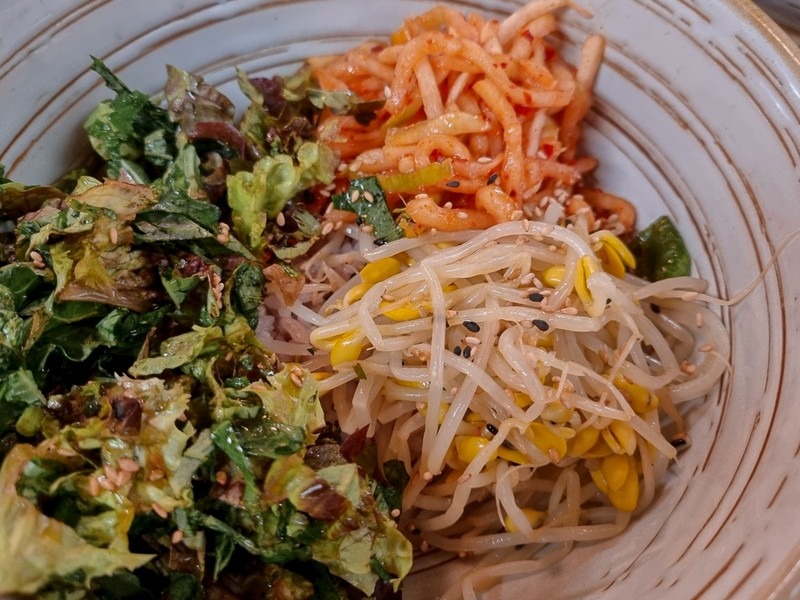
Did you like this post! Pin It!
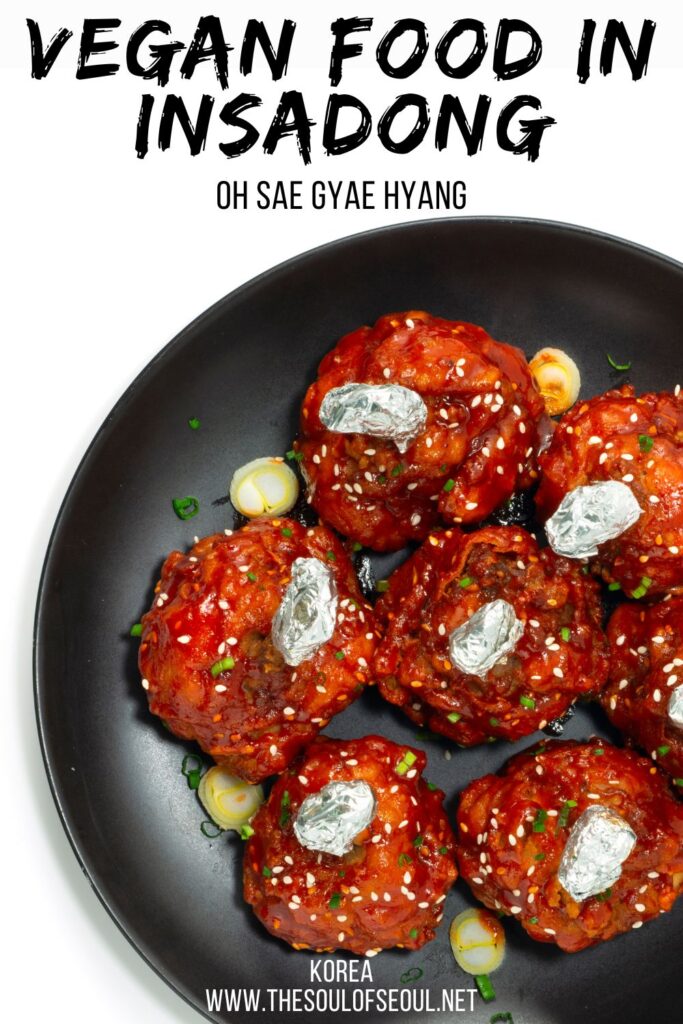
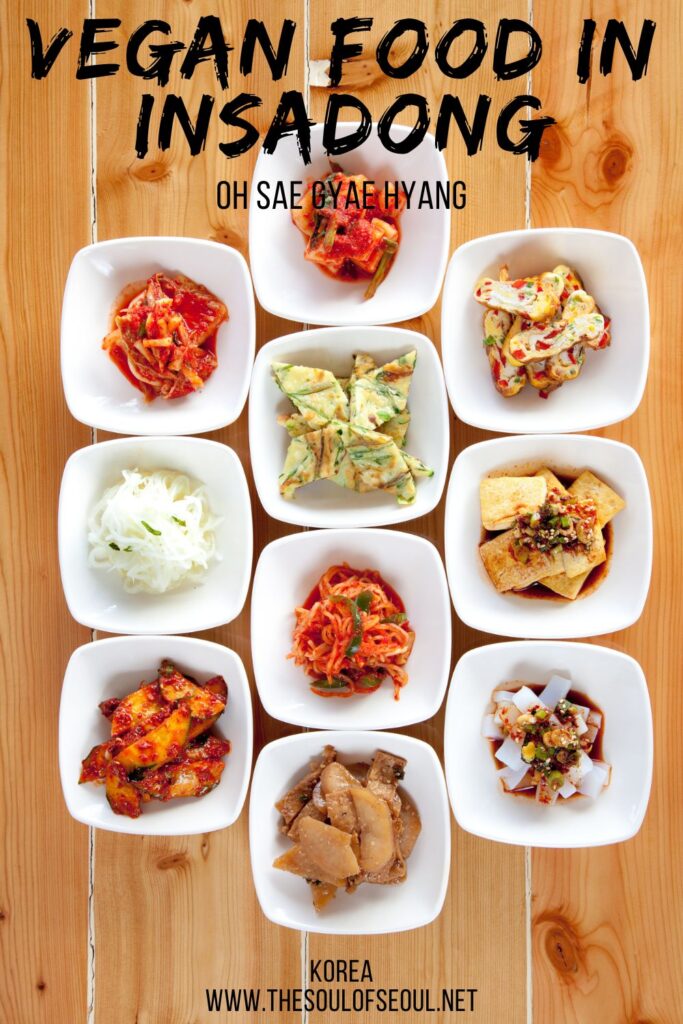
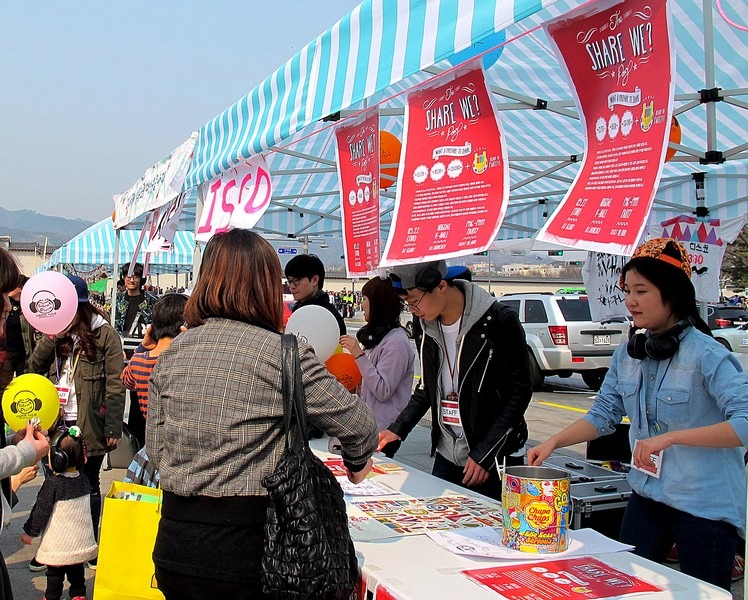
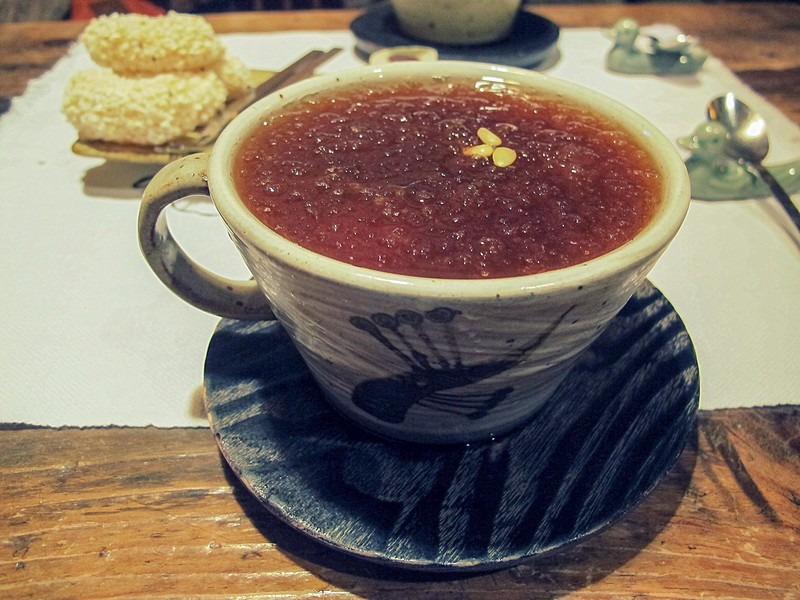
One Comment
anonymous
Beware, the dwaenjang (miso) in Korea is fermented with coals. Therefore, it is not safe to eat.